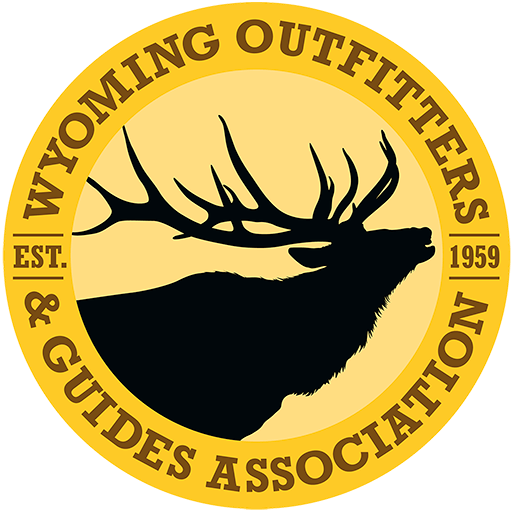Representative Albert Sommers’s elk feedgrounds bill, House Bill 101, got a 8-1 thumbs up from the House Travel, Recreation, Wildlife and Cultural Resources Committee during its Tuesday afternoon online meeting.
The bill would authorize permanent closure of a Wyoming Game & Fish (WG&F) Department elk feedground only upon an order of Wyoming’s governor. It would require the WG&F Commission to recommend any such closures to the governor while soliciting input from the Wyoming Livestock Board (WLB) on such an action. WLB would make its recommendation directly to the governor, but the WG&F Commission and WLB would hold a public meeting to hear from people who would be directly impacted by the proposed closure.
Sommers pointed out that the bill would also authorize WG&F to contract or lease private or state lands to relocate elk feedgrounds, and would authorize the governor to temporarily close elk feedgrounds under emergency circumstances not to exceed six months.
In discussing the bill, Sommers said one of the most important components in advancing the bill is the question of whether federal agencies are going to continue to allow feedgrounds to be located on federal lands. Nine of the state’s 22 feedgounds are located on National Forest lands. HB101 would authorize WG&F to contract or lease private or state lands for the purpose of relocating an elk feedground that would otherwise be subject to closure.
There have been numerous lawsuits contesting the continued authorization of elk feedgrounds, including two pending actions on feedgrounds located on national forest lands, and one in relation to the National Elk Refuge. For more on the history of elk feedgrounds, read the story at this link.
WG&F Director Brian Nesvik said that while his agency is currently involved in a public process for development of a long-term management plan for its feedgrounds, any future closure of an elk feedground would involve the same parties and public input as outlined in Sommers’s bill.
“This codifies it in statute,” Nesvik told the committee. But should a court decision result in an end to elk feeding at any location, that closure process could take an entirely different approach.
Wyoming Livestock Board Director Steve True, and State Veterinarian Dr. Jim Logan, talked to the committee about the importance of the cattle industry maintaining its brucellosis-free status. Logan noted of the 20 cattle herds in Wyoming where brucellosis has been detected within the last two decades, all were found to have been exposed to infected elk.
“The elk-cattle interface is really important here,” Logan said, noting that when a cow is found to have brucellosis, the premises and all of its cattle are quarantined. To be released from quarantine, the herd must have three consecutive tests, a minimum of 60 days apart, without any other positive animals detected.
Representatives of Wyoming Outfitters and Guides Association, Wyoming Stock Growers Association, and the Wyoming Association of Conservation Districts voiced support for the bill.
Jessi Johnson of the Wyoming Wildlife Federation expressed “some nervousness” about the process outlined in the draft bill, noting that it codified only WG&F and WLB action, while “locking out” other stakeholders. Chris Colligan of the Greater Yellowstone Coalition also spoke in opposition to the bill. He said while he doesn’t hate the bill, his view is that the elk feedgrounds planning process is moving too slowly considering the threat posed by wildlife disease transmission from animals concentrated on feedgrounds.
